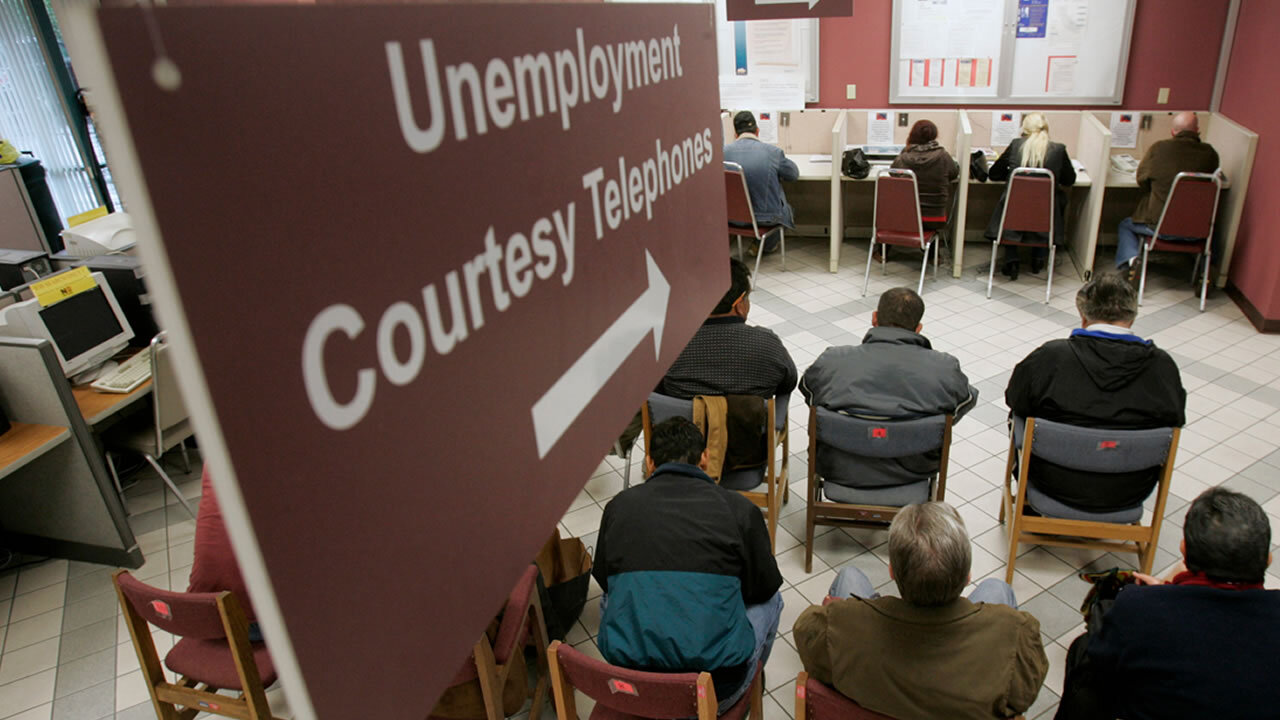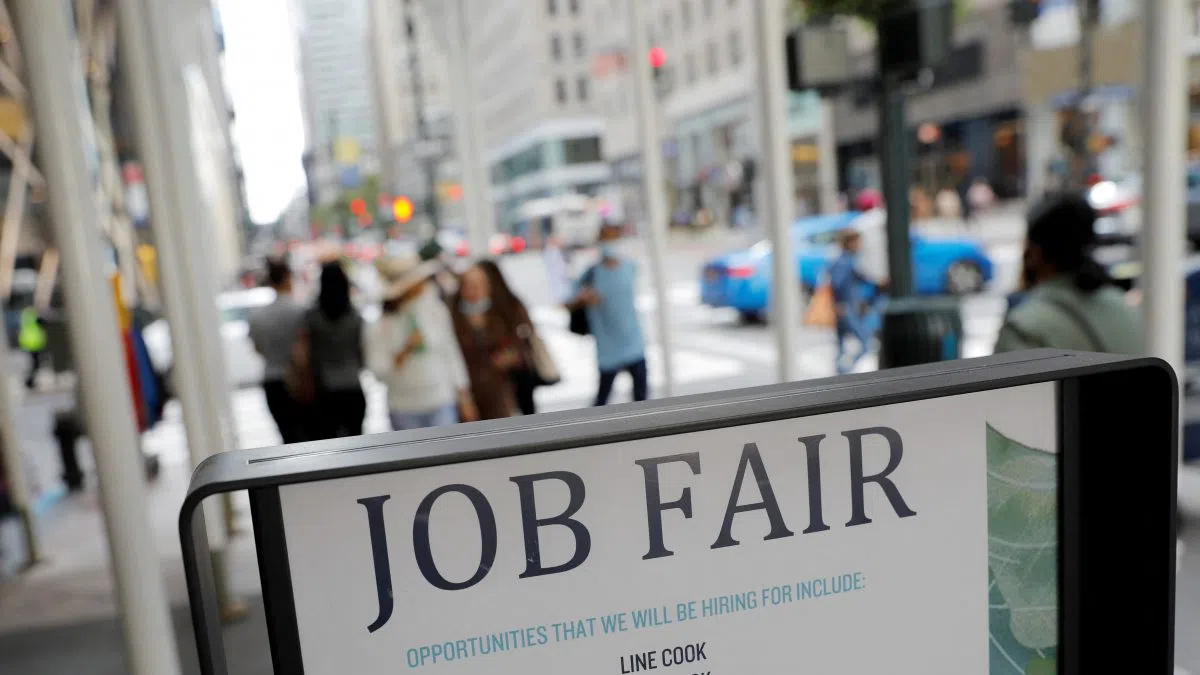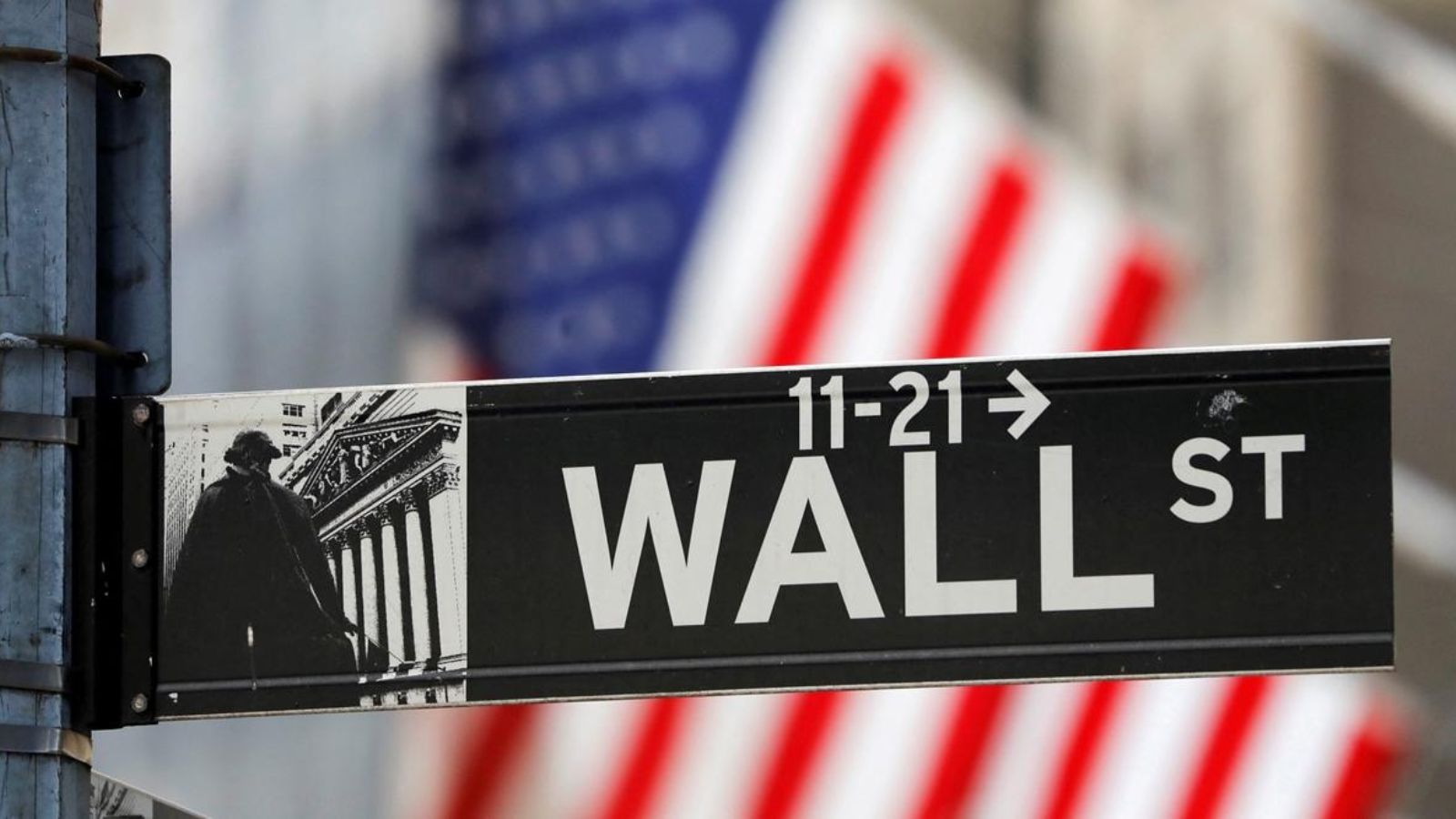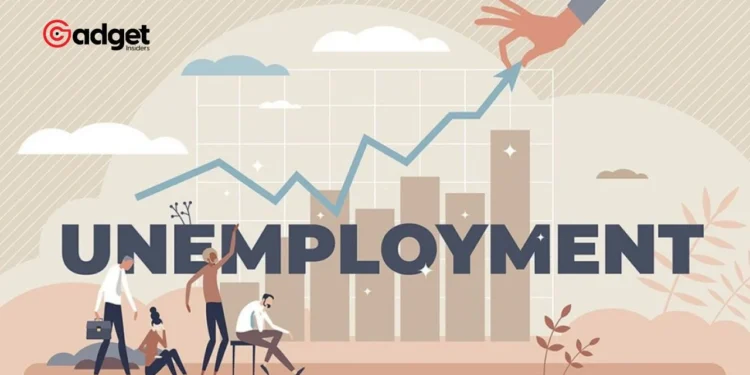Recent headlines have focused on the uptick in unemployment insurance claims, highlighting the “highest level since August.” But when we delve deeper into the data, we find that August was actually in the middle of a period of significant economic growth, with Q3 2023 boasting a 4.9% GDP growth rate. This raises questions about the current state of unemployment and whether the recent rise in claims is indicative of a coming recession.

The Facts Behind the Numbers
In reality, the seasonally adjusted initial unemployment claims rose to 231,000, while unadjusted claims increased to 209,000, representing the highest level in three weeks. Notably, this number is far below the seasonal high of 318,000 seen in January when temporary holiday workers file their claims. The four-week moving average—a smoother, more stable measure—inched up to 215,000. Despite some fluctuations, it remains at historically low levels.

Unemployment Claims and Recession Trends
Unemployment insurance claims offer a valuable glimpse into economic health. Unlike survey-based data, these numbers represent actual claims and can provide a quicker indication of changes in the job market. Historically, sharp increases in initial claims have been correlated with recessions.
The long-term view tells a clear story: current claims are exceptionally low even as the labor force and population have expanded. Our recession watch began in March 2022 when the Federal Reserve initiated interest rate hikes, with the National Bureau of Economic Research (NBER) defining recessions as broad economic downturns that impact the labor market.
The unemployment rate in the US, which was a rock-solid 3.4%, has now crept up to 3.9%. If this trend sticks around for another two months, it could signal the start of a recession, following the Sahm rule.
This is a classic case of "stagflation," where both unemployment and… pic.twitter.com/NWKRoEvzro
— Michael Burry Stock Tracker ♟ (@burrytracker) November 3, 2023
Tracking Continued Claims
Our favorite indicator is the continued claims metric—those who remain on unemployment after their initial application because they haven’t yet secured a new job. Continued claims started rising from a historic low in late 2022, stabilizing at 1.78 million by the summer of 2023, which remains historically low. This data suggests the labor market is still tighter than in most periods over the past five decades.
The Frying Pan Effect
Many economic trends following the pandemic have exhibited a “frying pan” effect: a sharp undershoot followed by a gradual return to normal levels. Continued unemployment claims have followed this pattern, yet remain far below the recession threshold of 2.6 million claims, which was the norm during recessions from the 1980s through the Great Recession.

Conclusion: What the Numbers Tell Us
Today’s continued unemployment claims of 1.78 million are still well below recessionary levels. While monitoring these claims remains essential, the data suggests the U.S. labor market is still robust. In this economic climate, the next recession appears to be further out on the horizon.










